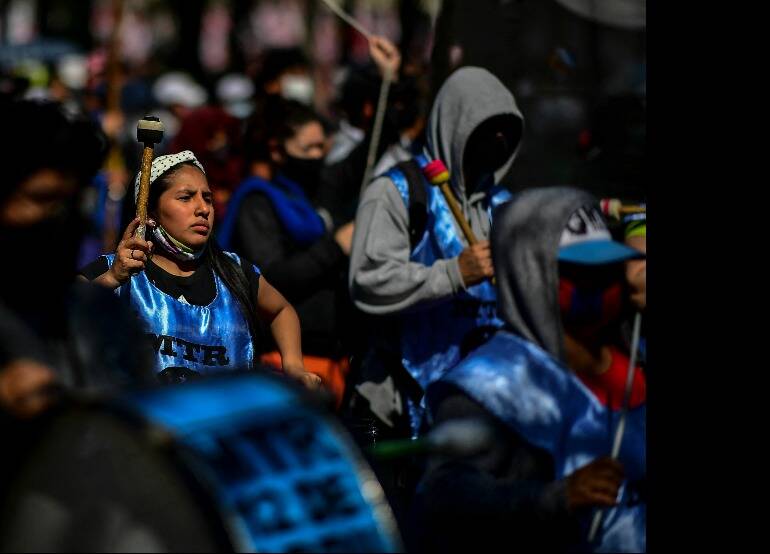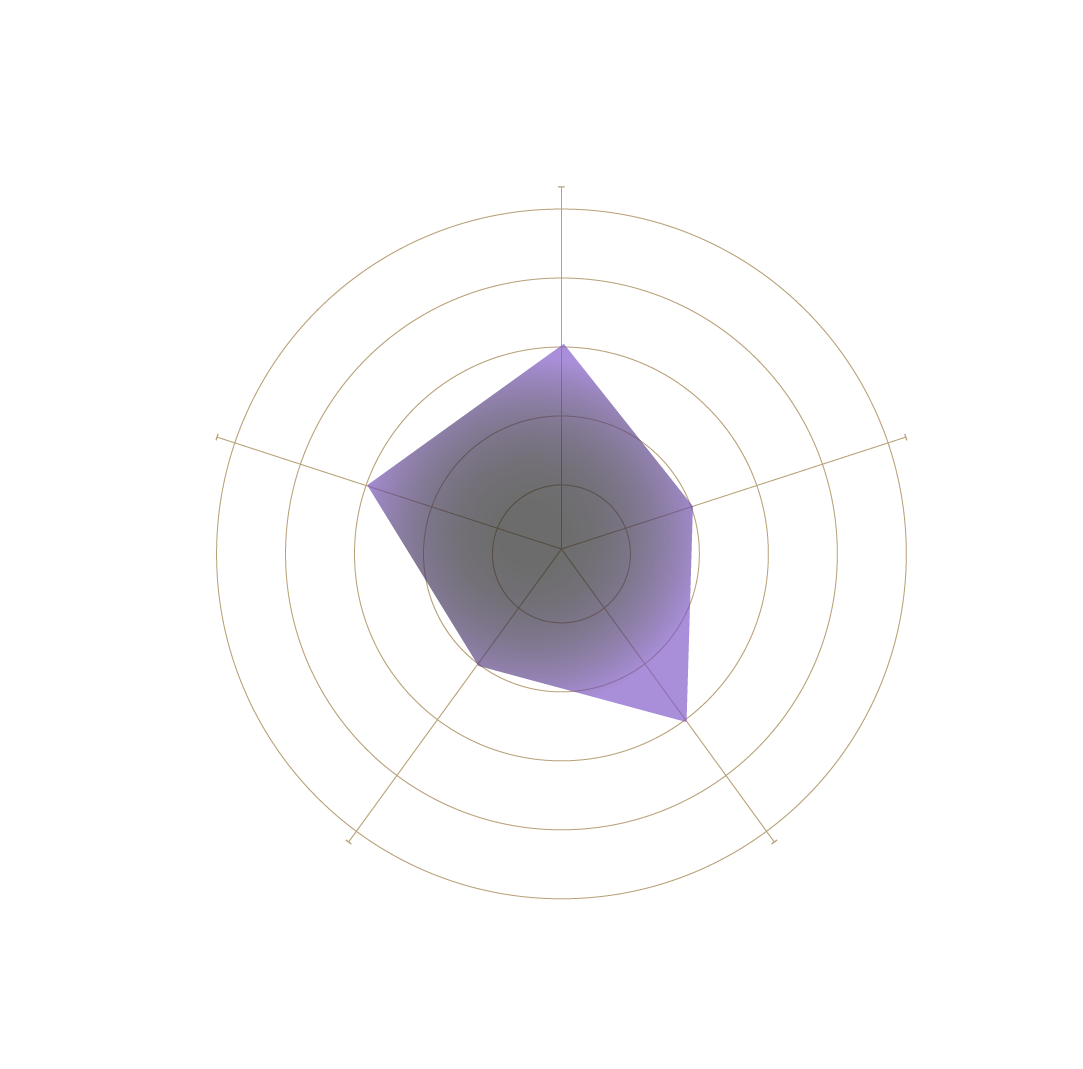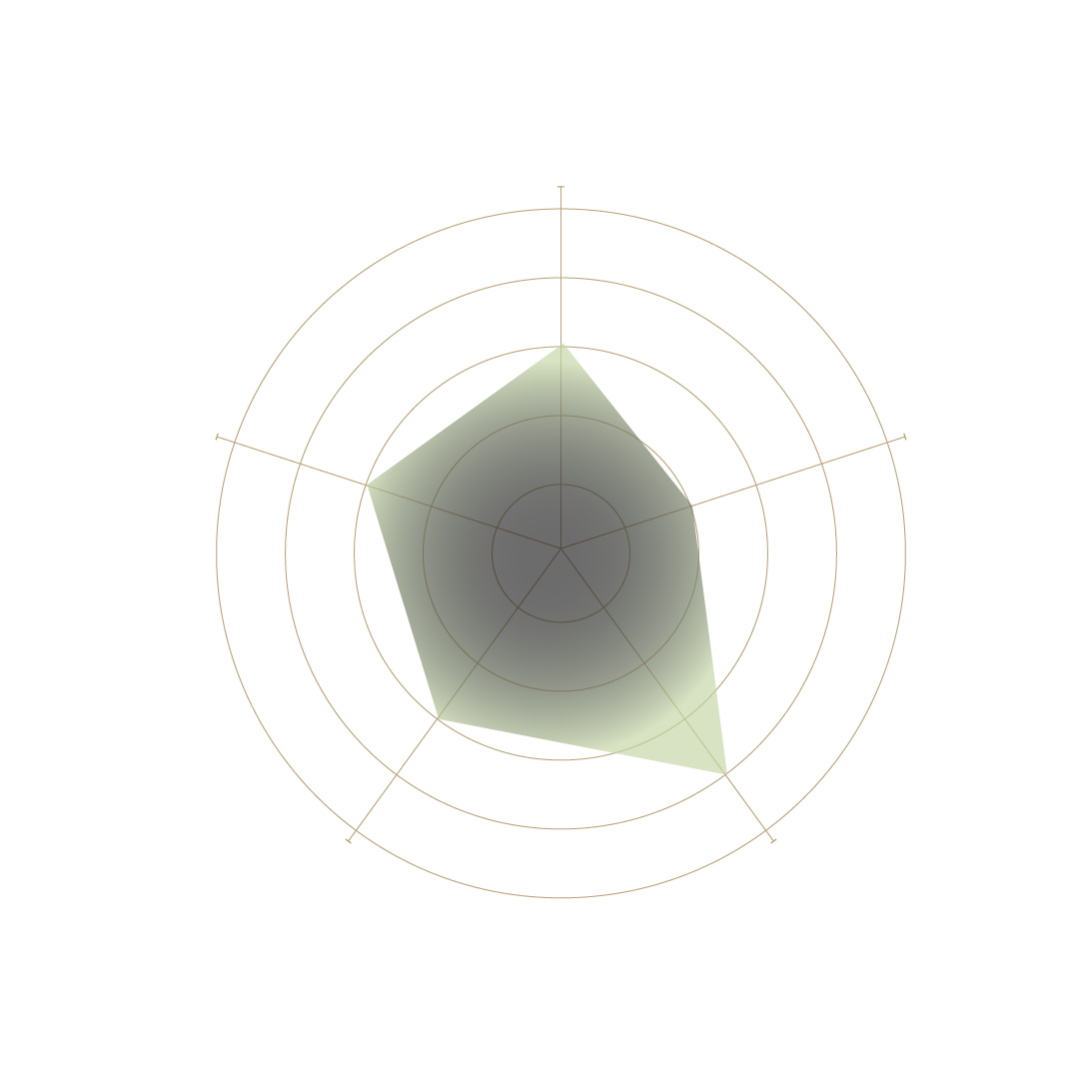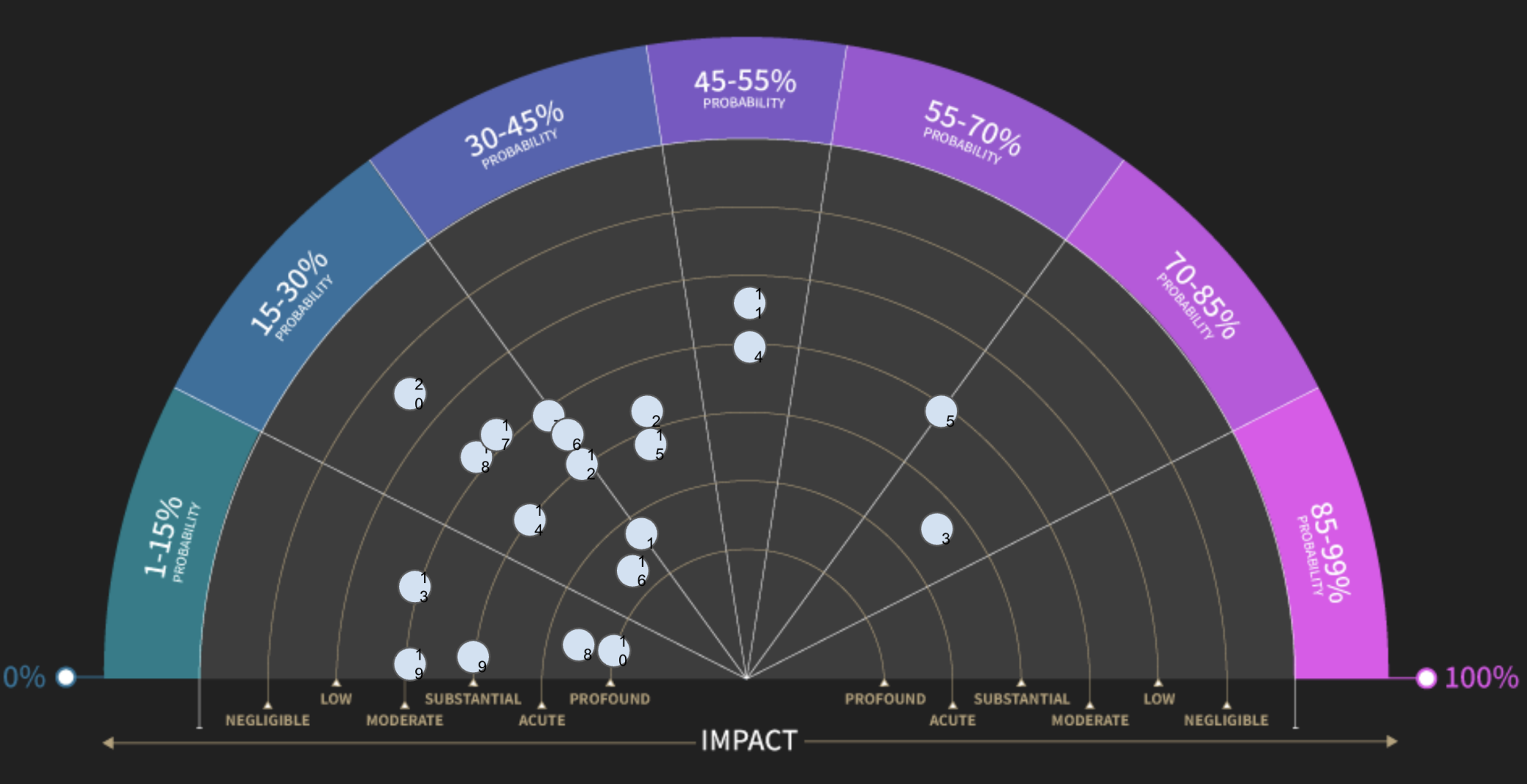

Major economies such as Argentina, Brazil and Chile face significant challenges in the year ahead, and we forecast that
all three will experience
political or electoral crises
and related unrest.
& Caribbean

A long road to recovery



Latin America & Caribbean
GROUPS TO WATCH
➝ CGT, CTA and ATE unions
➝ La Campora and Movimiento Evita
➝ CRA, CCC and CTEP
➝ MPR Quebracho
➝ Polo Obrero and Barrios de Pie
➝ Frente Popular Dario Santillan
➝ UTEP, MST and MTL
The Covid-19 pandemic hit Latin American economies harder than probably any other region. Going into 2022, major economies there, such as Argentina, Brazil and Chile, still face a rocky road. This will sustain a high potential for political or electoral crises and related unrest throughout the coming year. The charts show our judgments of the intensity of five indicators for protests and unrest in Latin America in 2022.
TRIGGERS TO WATCH
➝ Negotiations with the IMF
➝ Covid-19-related restrictions
➝ Economic measures social movements
perceive as right-wing
➝ Further restrictions on exports
➝ Restrictions on access to foreign currency
Ripe for revolt
Peru
Colombia
Chile
Brazil
Argentina
CLICK ON POINTS
TO REVEAL INFO
CLICK ON FLAGS TO
SHOW INFORMATION




















Forecasts
Dates to watch
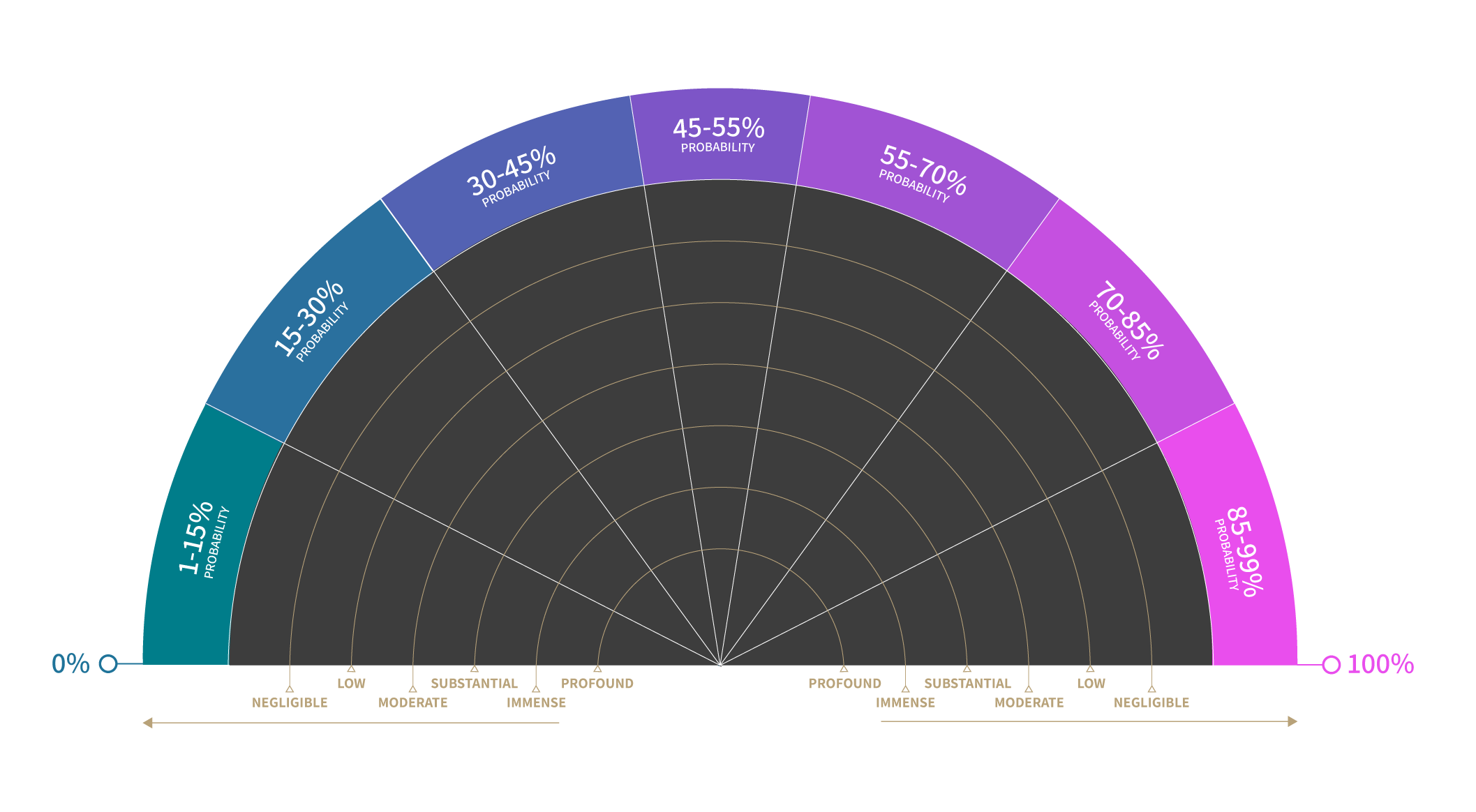
Key indicators

Government spending cuts
Efforts by governments across Latin America to reduce expenditures in 2022 to service debt taken on during the Covid-19 pandemic will be a key early-warning indicator that civil unrest or political crisis is likely. With the economic outlook still bleak for many people across the region, such efforts would almost certainly sustain popular grievances with governments. Any policies that activists and trade unions in particular perceive as disproportionately impacting low-income citizens are probable triggers for periods of economic and political tumult, particularly in Argentina, Brazil and to a lesser extent Chile and Colombia.

Relations between Argentina and its foreign debtors
The Argentine government’s relationship with its foreign debtors, particularly the IMF, will be a determining factor in its ability to avoid a political or economic crisis in 2022. Failure to renegotiate its repayments to the IMF would portend another default on its international debts, at the very least compounding the country’s economic malaise and sustaining public disaffection with the government. It would also probably prompt a run on the Argentine peso and force the authorities into restricting access to foreign currency.

President Bolsonaro and his base
The degree to which President Bolsonaro maintains influence over his supporters is likely to determine the likelihood and severity of any crisis around the 2022 presidential election. So far, his supporters have followed the president’s lead in questioning the legitimacy of the poll. But efforts by his hardcore activists to mount protests or strikes that the president does not organise himself or has openly criticised would signal that his control over his backers is waning. These would point to a high likelihood of violent protests or attacks against government buildings if Mr Bolsonaro loses the election.




Chile
Day of the Young Combattant
29 March
Cuba / Jamaica
Rainy season
May
Costa Rica
Rainy season
May–November
Carribean
End of Ramadan
1 May
Latin America
Earth Day
22 April
Carribean
Earth Day
22 April
Latin America
Start of Ramadan
2 April
Carribean
Start of Ramadan
2 April
Chile / Colombia
Rainy season
April–May
Argentina
Anniversary of 1976 military coup
24 March
Latin America
End of Ramadan
1 May
Latin America
Annunciation Day
25 March
Colombia
General election
13 March
Carribean
Annunciation Day
25 March
Caribbean
Caribbean Community Summit
23 February–24 February
Caribbean
Caribbean Community Summit
23 February–24 February
Costa Rica
General election
6 February
Latin America
Orthodox Christmas Eve
6 January
Carribean
Orthodox Christmas Eve
6 January
Peru
Rainy season
January–April
Mexico
Rainy season
May–October
Latin America
Eid Al-Fitr
2 May–3 May
Chile
Anniversary of 1973 military coup
11 September
Brazil
Rainy season in northern Brazil
December–March
Latin AmericA
MERCOSUR summit
Before December
Chile
Anniversary of 2018 Mapuche community member assassination
14 November
Bolivia
Rainy season
November–March
Chile
Anniversary of beginning of 2019 anti-government unrest
18 October
Mexico
Anniversary of 1968 Tlateloco massacre
2 October
Brazil
General election
2 October
Colombia
Rainy season
October–November
Mexico
Anniversary of 2014 Ayotzinapa students disappearance
26 September
Cuba / Jamaica
Rainy season
September–November
Carribean
Eid Al-Fitr
2 May–3 May
Latin America
Ashura
7 August–8 August
Carribean
Ashura
7 August–8 August
Argentina
Anniversary of 2017 disappearance of Mapuche activist
1 August
Latin America
Eid Al-Adha
9 July
Chile
Anniversary of 2020 killing of a Mapuche militant
9 July
Carribean
Eid Al-Adha
9 July
Argentina
Rainy season
June–August
Caribbean
Hurricane season
June - November
COLOMBIA
Presidential election
29 May
Cuba
Anniversary of the Cuban revolution
1 January
Scroll down
A long road
to recovery
Political and economic stability, and consequently security, are all likely to deteriorate in Latin America in 2022. Major economies such as Argentina, Brazil and Chile face significant challenges in the year ahead, and we forecast that all three will experience political or electoral crises and related unrest that will slow growth and negatively impact many other countries in the region.
Widespread public anger over hardships and inequality, insecurity, polarising politics, corruption and weakening democratic governance present strategic risks to a region that looks likely to be left behind in the global economic recovery.
The Covid-19 pandemic has hit Latin America harder than probably any other region, accounting for around a third of deaths globally despite having only eight percent of the global population. The IMF has forecast that per capita income for the region will not return to pre-pandemic levels until 2025. The Economic Commission for Latin America and the Caribbean (ECLAC), a UN body, has forecast that economies in the region will not snap back from the contractions experienced in 2020 until at least 2022.
The reasons for Latin America’s almost unmatched vulnerabilities to the pandemic are many, and point to why the outlook we foresee is so negative. These include inadequate investment in healthcare, public services and social welfare; large informal economies; poor governance standards and corruption; and above all, deep social and economic inequalities. All these factors are liable to keep the region stuck in economic stagnation and underperformance in 2022. The widespread prevalences of violent and organised crime and social unrest are all likely to persist through 2022, marking an unstable and slow recovery.
The public desires and expectations for deep political reform to change this outlook are widespread. But the prospects of these structural weaknesses being redressed in 2022 are slim. Realistically, only Uruguay gives much cause for optimism, although elections in Brazil and Colombia are important to watch as potential and more positive turning points. Nevertheless, the required level of consensus and competence in governance to implement reforms is likely to prove a challenge for many of the region's politicians. The headwinds of fiscal pressures, political polarisation, populism and corruption in particular suggest that any attempts at political change are more likely than not to be destabilising in the near term. >>

Images: Getty Images (Ronaldo Schemidt/AFP; Claudio Reyes/AFP; Ricardo Vallejo / Eyeem; Juan Mabromata; Andressa Anholete)
Risk dashboard
Infographic
Assessment
Forecasts
Dates to watch
Key indicators
A long road to recovery


Major economies such as Argentina, Brazil and Chile face significant challenges in the year ahead, and we forecast that
all three will experience
political or electoral crises
and related unrest.

America





For best results
We recommend that you view this in a desktop browser. If using a tablet or smartphone, some infographics may only respond to device-specific gestures.
Forecasts


The Covid-19 pandemic hit Latin American economies harder than probably any other region. Going into 2022, major economies there, such as Argentina, Brazil and Chile, still face a rocky road. This will sustain a high potential for political or electoral crises and related unrest throughout the coming year. The charts show our judgments of the intensity of five indicators for protests and unrest in Latin America in 2022.
Images: Getty Images (Ronaldo Schemidt/AFP; Claudio Reyes/AFP; Ricardo Vallejo / Eyeem; Juan Mabromata; Andressa Anholete)
Key indicators

Government spending cuts
Efforts by governments across Latin America to reduce expenditures in 2022 to service debt taken on during the Covid-19 pandemic will be a key early-warning indicator that civil unrest or political crisis is likely. With the economic outlook still bleak for many people across the region, such efforts would almost certainly sustain popular grievances with governments. Any policies that activists and trade unions in particular perceive as disproportionately impacting low-income citizens are probable triggers for periods of economic and political tumult, particularly in Argentina, Brazil and to a lesser extent Chile and Colombia.
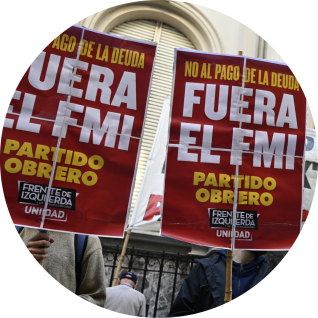
Relations between Argentina and its foreign debtors
The Argentine government’s relationship with its foreign debtors, particularly the IMF, will be a determining factor in its ability to avoid a political or economic crisis in 2022. Failure to renegotiate its repayments to the IMF would portend another default on its international debts, at the very least compounding the country’s economic malaise and sustaining public disaffection with the government. It would also probably prompt a run on the Argentine peso and force the authorities into restricting access to foreign currency.

President Bolsonaro and his base
The degree to which President Bolsonaro maintains influence over his supporters is likely to determine the likelihood and severity of any crisis around the 2022 presidential election. So far, his supporters have followed the president’s lead in questioning the legitimacy of the poll. But efforts by his hardcore activists to mount protests or strikes that the president does not organise himself or has openly criticised would signal that his control over his backers is waning. These would point to a high likelihood of violent protests or attacks against government buildings if Mr Bolsonaro loses the election.
Brazil
Rainy season in northern Brazil
December–March
Chile
Day of the Young Combattant
29 March
Cuba / Jamaica
Rainy season
May
Costa Rica
Rainy season
May–November
Carribean
End of Ramadan
1 May
Latin America
Earth Day
22 April
Carribean
Earth Day
22 April
Latin America
Start of Ramadan
2 April
Carribean
Start of Ramadan
2 April
Chile / Colombia
Rainy season
April–May
Argentina
Anniversary of 1976 military coup
24 March
Latin America
End of Ramadan
1 May
Latin America
Annunciation Day
25 March
Colombia
Annunciation Day
13 March
Carribean
Annunciation Day
25 March
Caribbean
Caribbean Community Summit
23 February–24 February
Caribbean
Caribbean Community Summit
23 February–24 February
Costa Rica
General election
6 February
Latin America
Orthodox Christmas Eve
6 January
Carribean
Orthodox Christmas Eve
6 January
Peru
Rainy season
January–April
Mexico
Rainy season
May - September
Latin America
Eid Al-Fitr
2 May–3 May
Latin AmericA
MERCOSUR summit
Before December
Brazil
General election
2 October
Carribean
Eid Al-Adha
9 July
Cuba / Jamaica
Rainy season
September–November
Bolivia
Rainy season
November–March
Chile
Anniversary of 2018 Mapuche community member assassination
14 November
Chile
Anniversary of beginning of 2019 anti-government unrest
18 October
Mexico
Anniversary of 1968 Tlateloco massacre
2 October
Colombia
Rainy season
October–November
Carribean
Eid Al-Fitr
2 May - 3 May
Mexico
Anniversary of 2014 Ayotzinapa students disappearance
26 September
Chile
Anniversary of 1973 military coup
11 September
Latin America
Ashura
7 August–8 August
Carribean
Ashura
7 August–8 August
Argentina
Anniversary of 2017 disappearance of Mapuche activist
1 August
Latin America
Eid Al-Adha
9 July
Chile
Anniversary of 2020 killing of a Mapuche militant
9 July
Argentina
Rainy season
June–August
Caribbean
Hurricane season
June - November
COLOMBIA
Presidential election
29 May
Cuba
Anniversary of the Cuban revolution
1 January
A long road
to recovery
Political and economic stability, and consequently security, are all likely to deteriorate in Latin America in 2022. Major economies such as Argentina, Brazil and Chile face significant challenges in the year ahead, and we forecast that all three will experience political or electoral crises and related unrest that will slow growth and negatively impact many other countries in the region.
Widespread public anger over hardships and inequality, insecurity, polarising politics, corruption and weakening democratic governance present strategic risks to a region that looks likely to be left behind in the global economic recovery.
The Covid-19 pandemic has hit Latin America harder than probably any other region, accounting for around a third of deaths globally despite having only eight percent of the global population. The IMF has forecast that per capita income for the region will not return to pre-pandemic levels until 2025. The Economic Commission for Latin America and the Caribbean (ECLAC), a UN body, has forecast that economies in the region will not snap back from the contractions experienced in 2020 until at least 2022.
The reasons for Latin America’s almost unmatched vulnerabilities to the pandemic are many, and point to why the outlook we foresee is so negative. These include inadequate investment in healthcare, public services and social welfare; large informal economies; poor governance standards and corruption; and above all, deep social and economic inequalities. All these factors are liable to keep the region stuck in economic stagnation and underperformance in 2022. The widespread prevalences of violent and organised crime and social unrest are all likely to persist through 2022, marking an unstable and slow recovery.
The public desires and expectations for deep political reform to change this outlook are widespread. But the prospects of these structural weaknesses being redressed in 2022 are slim. Realistically, only Uruguay gives much cause for optimism, although elections in Brazil and Colombia are important to watch as potential and more positive turning points. Nevertheless, the required level of consensus and competence in governance to implement reforms is likely to prove a challenge for many of the region's politicians. The headwinds of fiscal pressures, political polarisation, populism and corruption in particular suggest that any attempts at political change are more likely than not to be destabilising in the near term. >>
